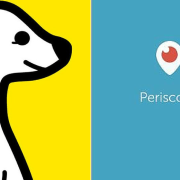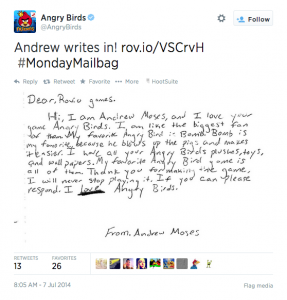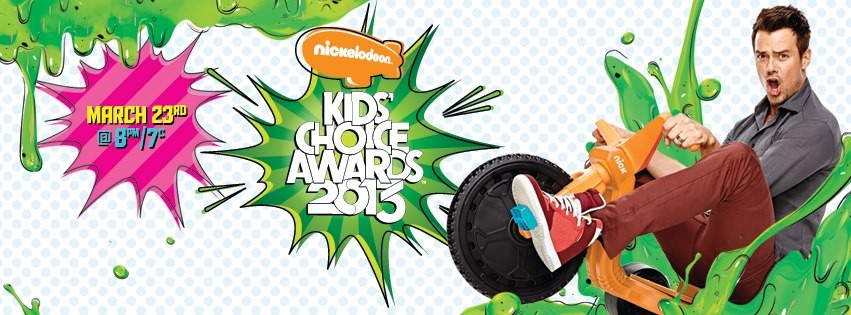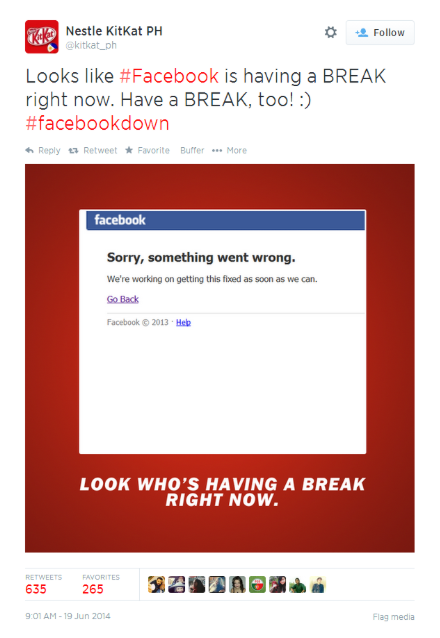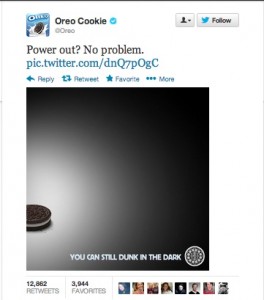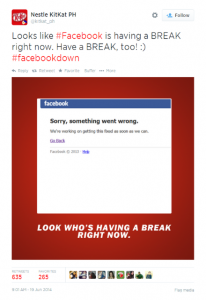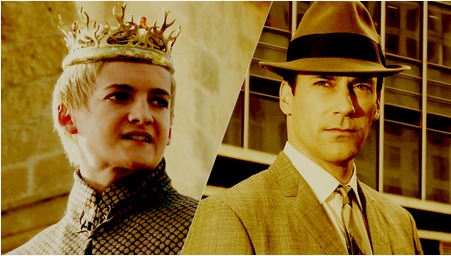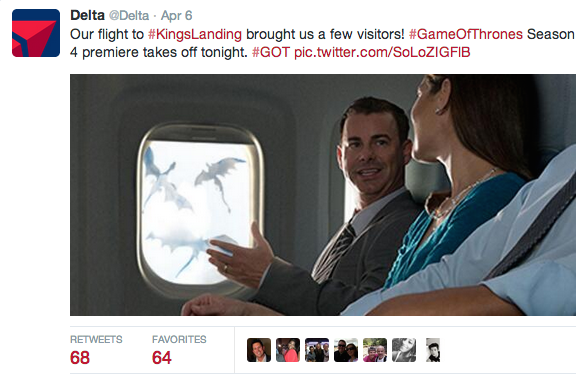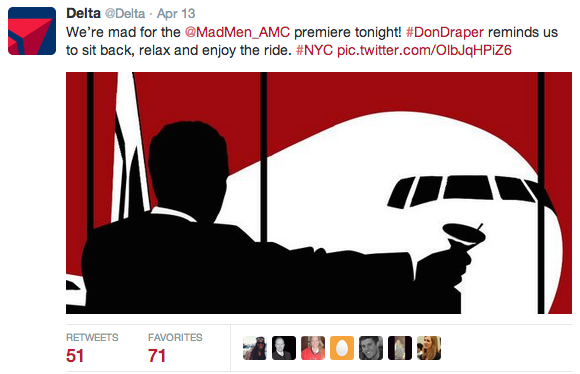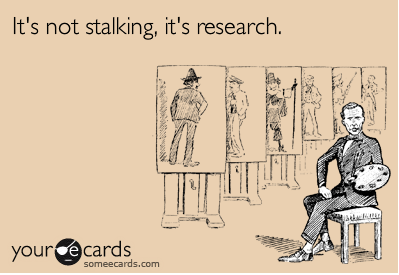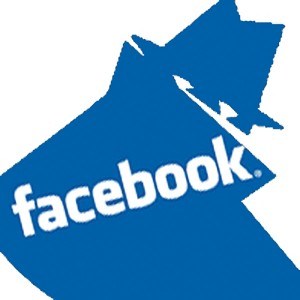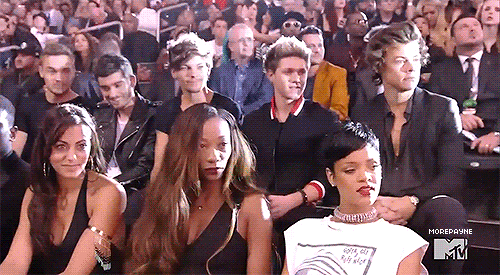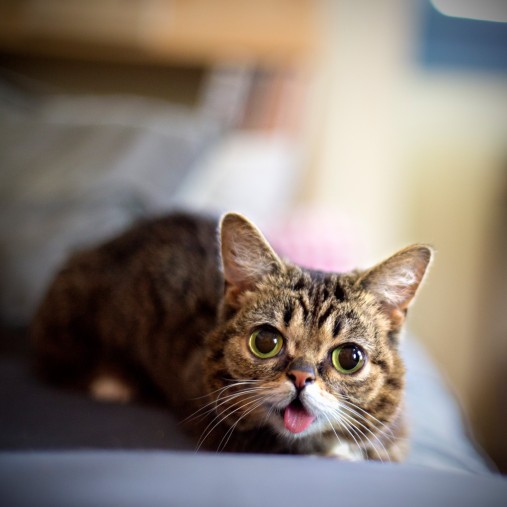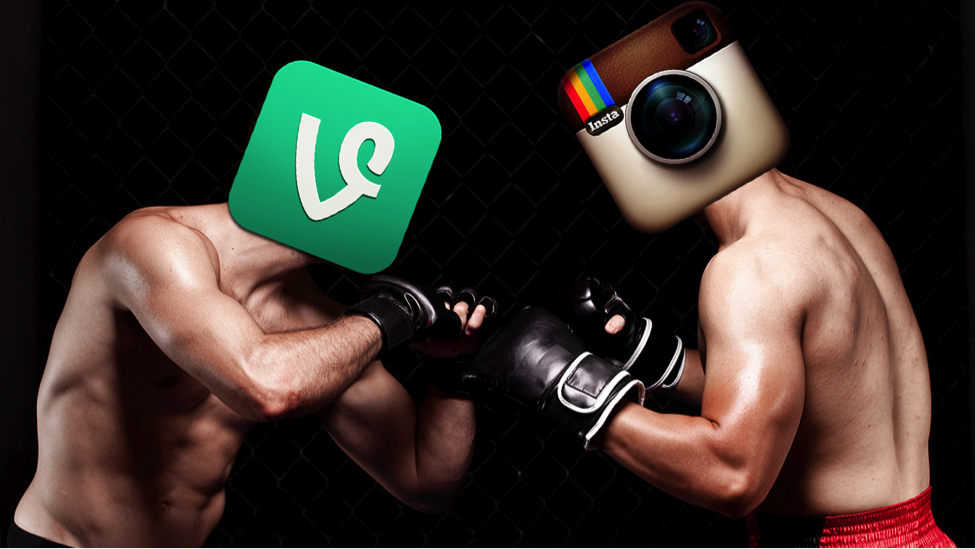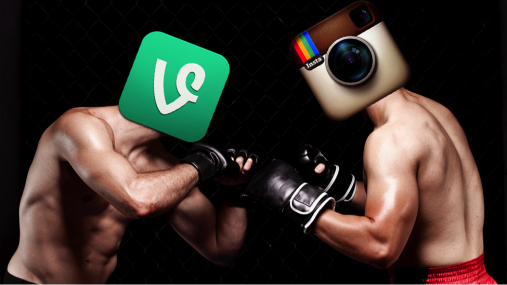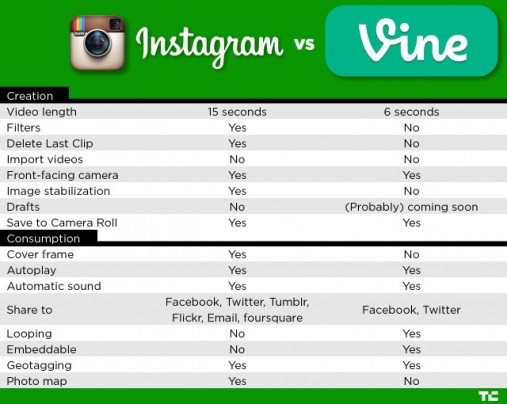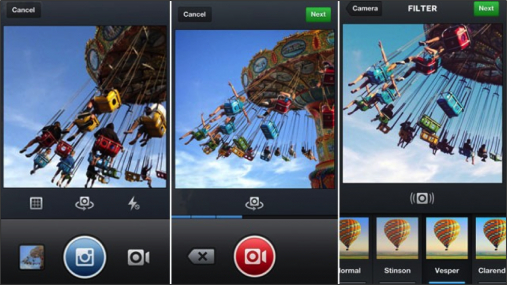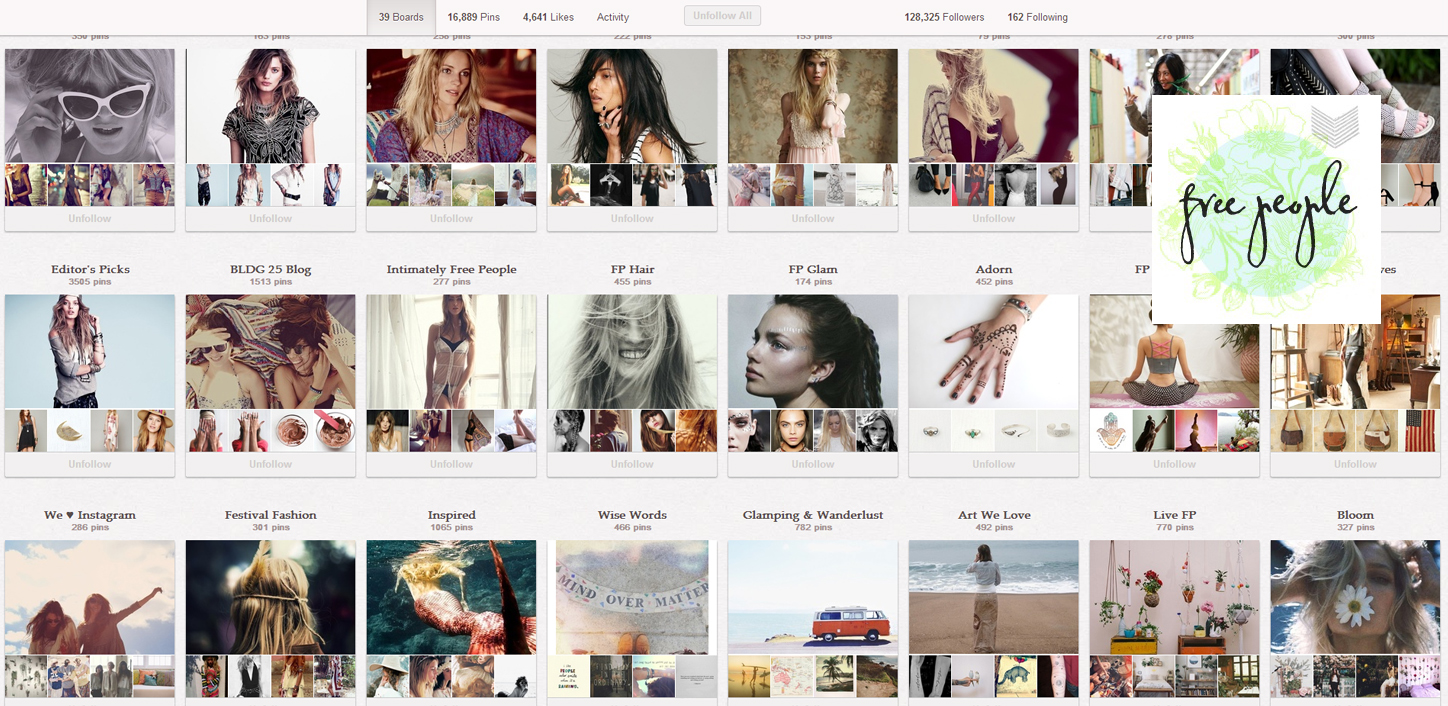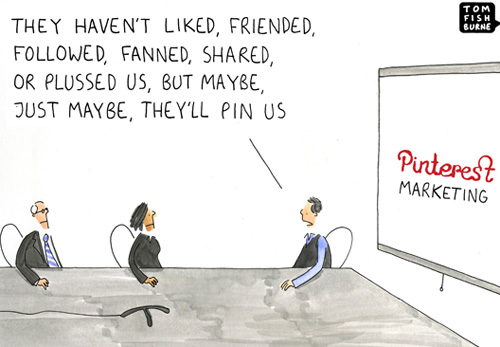Social Media Listening & Relationship Building
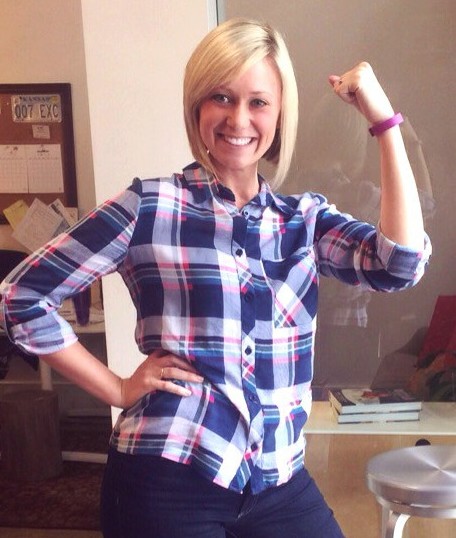 I’m sure you’ve heard the old saying, “We have two ears and one mouth, so we should listen twice as much as we speak.” To me, this applies to social media listening and when a brand does it right, it’s #amazing and quite frankly thrilling to the customer. Listening and responding is still one of the most confounding aspects of social media to brands and I don’t really know why they have so much trouble. They often seem seized by indecision: “Do I respond?” “Do I know what to say?” “Is this worth my time?” The answer is, yes, yes and yes. When a brand organically reaches out to a consumer it creates a relationship. It’s more than a wave or a head nod it’s a “Can I buy you a drink?” and who isn’t flattered by that? Over the last few weeks, I’ve been on a mission to test brands I personally love to see if they would offer to “buy me a drink” and I was thrilled when two of them did.
I’m sure you’ve heard the old saying, “We have two ears and one mouth, so we should listen twice as much as we speak.” To me, this applies to social media listening and when a brand does it right, it’s #amazing and quite frankly thrilling to the customer. Listening and responding is still one of the most confounding aspects of social media to brands and I don’t really know why they have so much trouble. They often seem seized by indecision: “Do I respond?” “Do I know what to say?” “Is this worth my time?” The answer is, yes, yes and yes. When a brand organically reaches out to a consumer it creates a relationship. It’s more than a wave or a head nod it’s a “Can I buy you a drink?” and who isn’t flattered by that? Over the last few weeks, I’ve been on a mission to test brands I personally love to see if they would offer to “buy me a drink” and I was thrilled when two of them did.
What follows are two great examples of how brands can build customer loyalty and create a direct relationship with someone, in this case me. My first experiment was with Fitbit. I was feeling lazy, my Fitbit died and I did what any person committed to exercise avoidance does. I tweeted. Take a look at my interaction.
What did Fitbit do right? They were listening! They were seeking people mentioning their brand and when someone did they reached out them. I was slightly joking about my Fitbit problem but the support team was right on it. It made me feel and a brand that makes a buyer feel is doing social media right! #AllTheFeels, am I right?!
So after charging my Fitbit and taking a walk, I was hungry for a snack. I simply mentioned @AnniesHomegrown in a tweet about their fruit snacks. The next day they replied with a cleverly worded response, again making me feel special.
My point of this story isn’t to brag about how these brands wanted to “buy me a drink” or encourage me to snack more but it’s to show you how much of an impact listening and responding has. I am now a Fitbit wearing, Annie’s Homegrown eating advocate. These brands can count on me. They built a relationship.
Is it worth it? Heck ya!
Follow me at @KelleyMcLees for more about social media and my life at @BeEverywhere.




